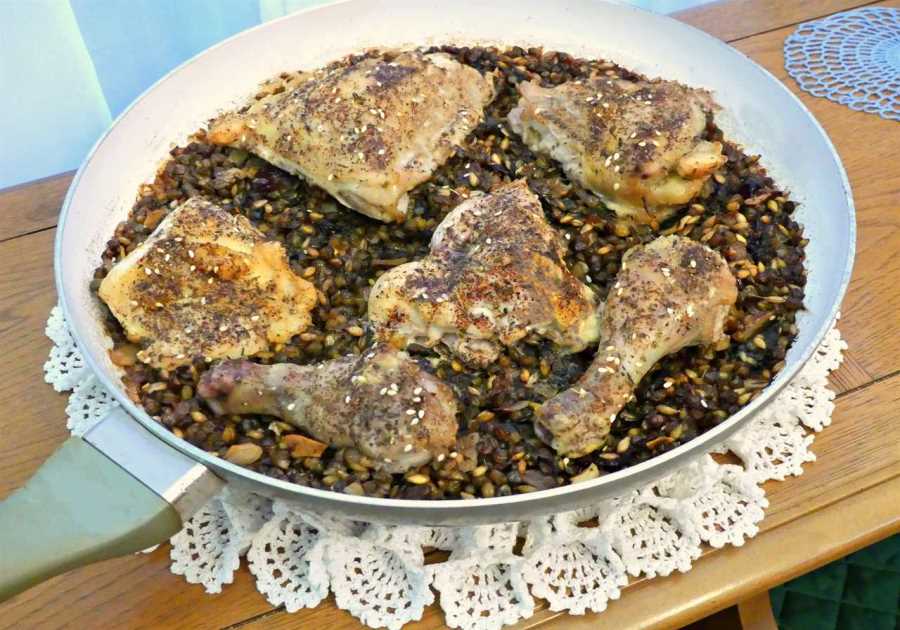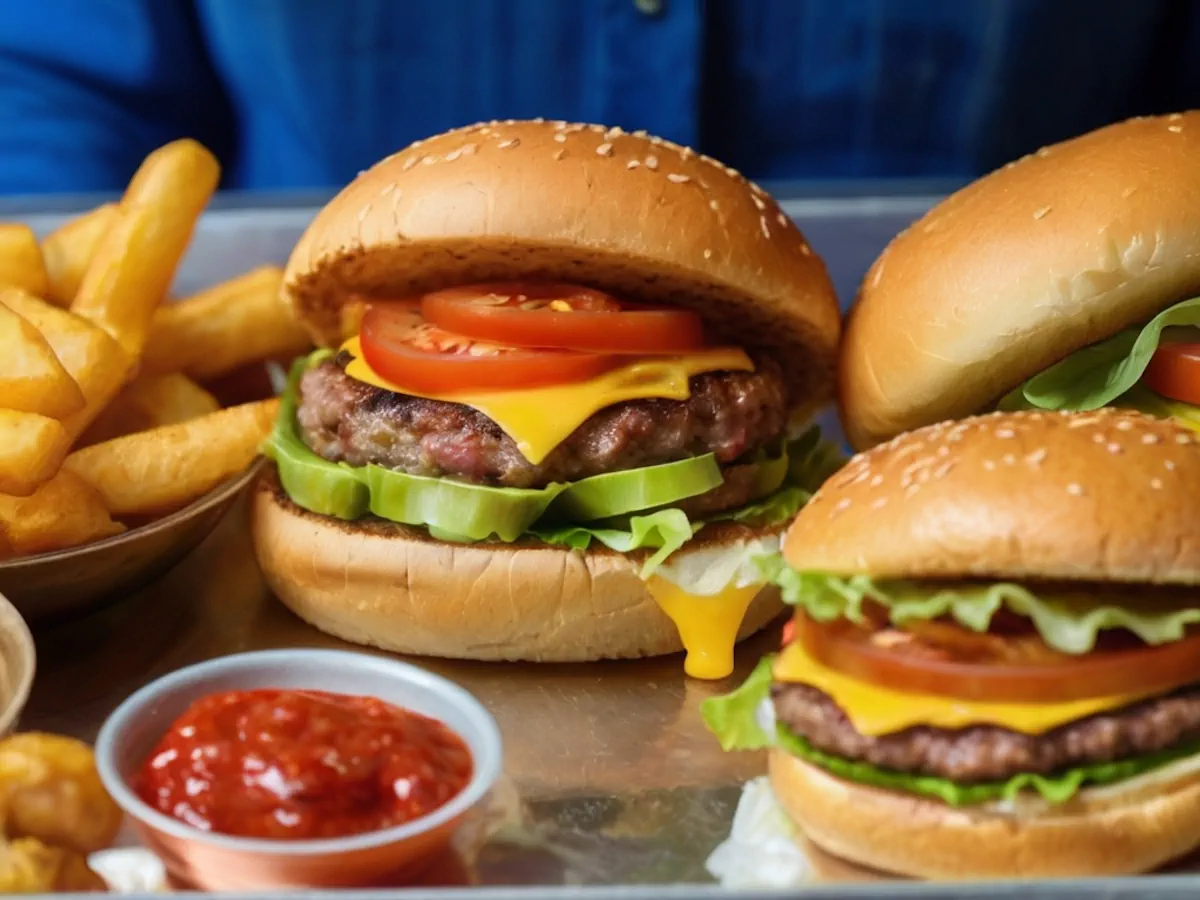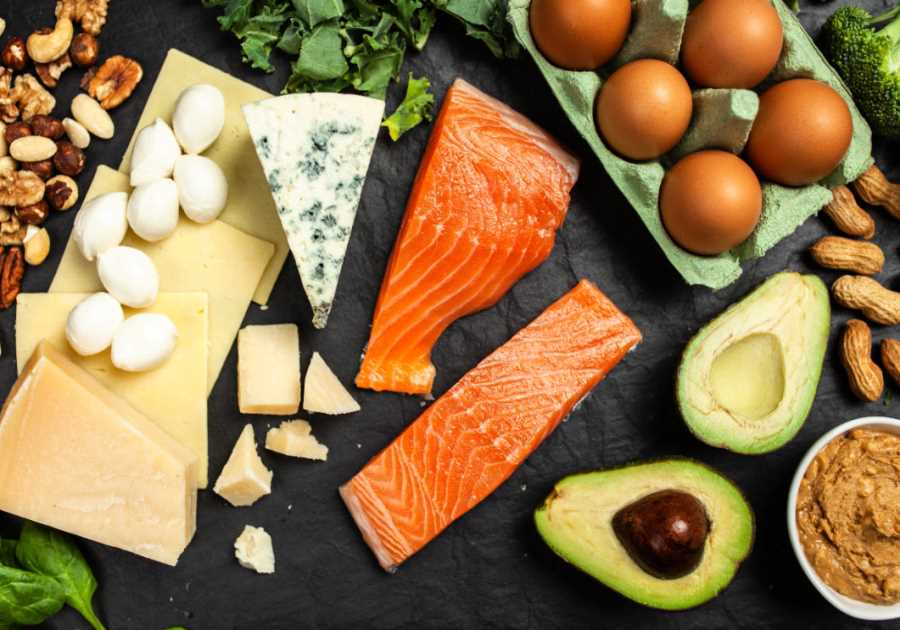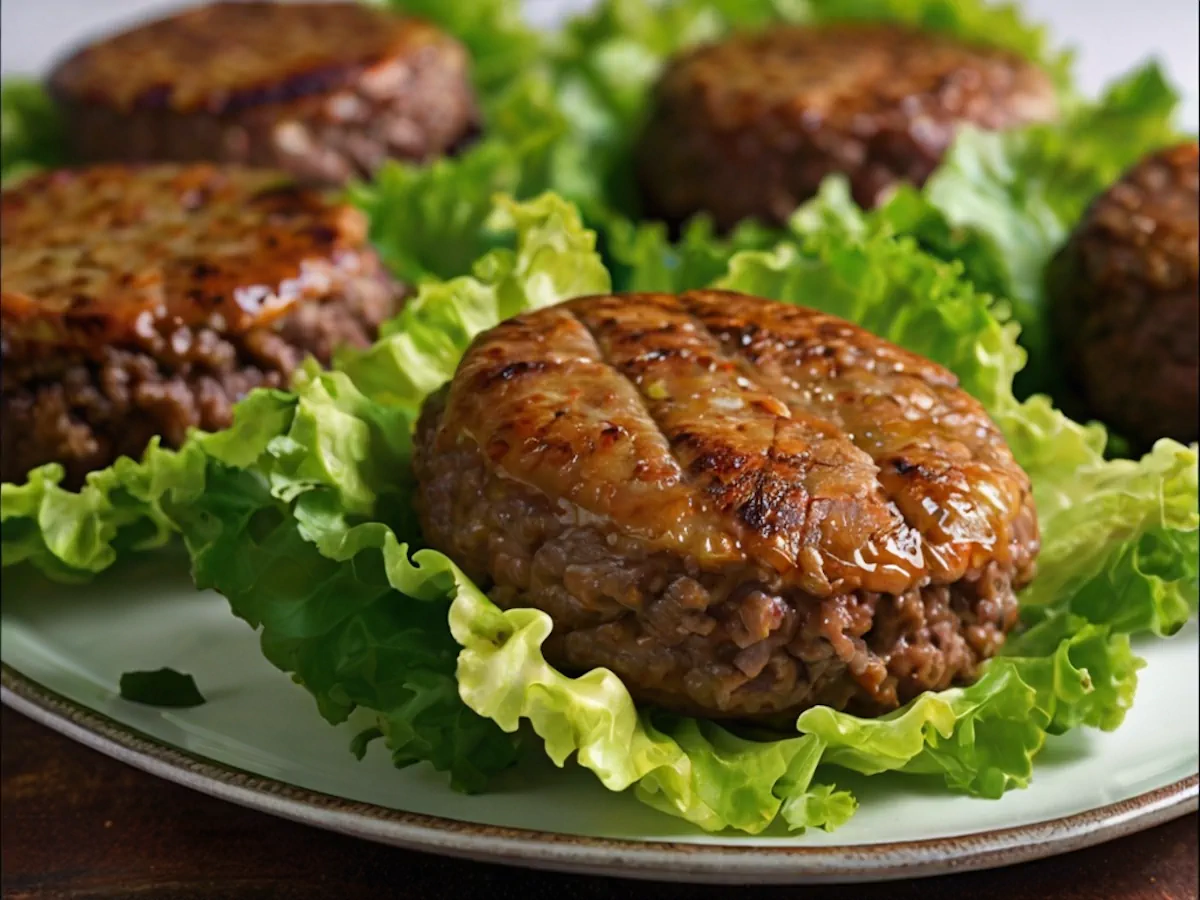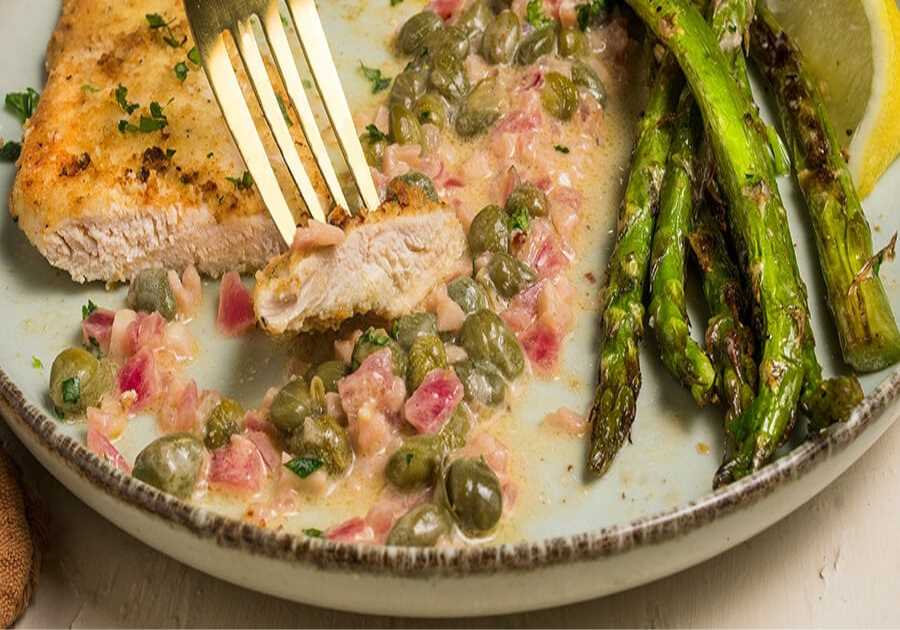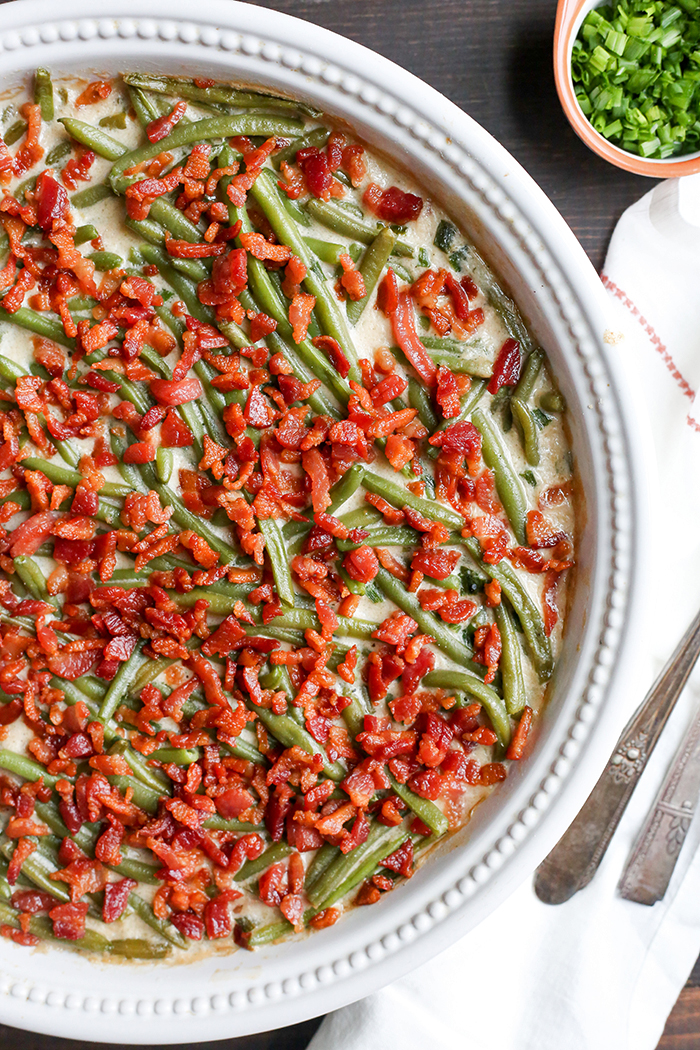
Are beans paleo? If you are thinking of starting the paleo diet, you might wonder which foods are considered to be paleo and which ones aren't. It's a tough decision to make, and there are a lot of conflicting opinions about the benefits of certain foods, including beans. The key is to find the foods that are actually deemed "paleo" and to stick with them. This way, you'll avoid any foods that aren't.
Are Beans Paleo friendly?
The answer is not a simple one. Beans and lentils are healthy sources of plant-based proteins, but they are not allowed on the Paleo diet due to the fact that many of today's health issues can be traced back to modern diet additions like grains and beans. Additionally, these powerhouses contain lectins - carbohydrate-binding proteins that plants developed to ward off insects - which can bind with any tissue in our bodies and cause havoc. As such, renowned Paleo gurus like Mark Sisson, Robb Wolf, and Esther Blum all ban beans and legumes as they contain lectins which can damage the gut lining and increase inflammation throughout the body. This lectin overload may lead to further health issues such as autoimmunity, insulin resistance, liver pathology, and more. Ultimately, for those trying to go down the strictly Paleo route, it is recommended to stay away from beans in order to avoid potential health risks from consuming them.
Let's look at this from another angle. Many diets promote their exclusion but why? Their history dates back to ancient civilizations and has served as a dietary staple since.
But is it really advisable?
Nutritionally speaking, beans are known for containing high levels of protein, fiber, and antioxidants; making them a superfood. But do they really fall into the category of "Paleo-compatible"?
The answer lies in understanding the foundation on which modern-day incarnations of Paleolithic eating patterns are based - eating food closer to its natural state, thus favoring raw or lightly cooked products such as meats and vegetables.
Unfortunately for bean admirers, cooking processes tend to strip away some important nutrition from this nutrient powerhouse - changes that happen when beans are boiled or stewed just remain unnoticeable if compared to more heavily processed foods found in supermarkets nowadays.
In other words, modern-day conditions don't allow us to fully benefit from such nutritional powerhouses as before. Take for instance legumes, which were common among primitive societies; however, these would naturally ferment as part of their cultivation process allowing ancient mankind to take full advantage of their proteinaceous powers.
Today’s industrial processes tend to fall short in comparison; making many popular versions unsuitable for those striving towards strict Paleo guidelines even when investing great effort research healthy sources of legumes.
So unless you're able to set up your kitchen with pre-industrial revolutionary recipes then it might be betters suited to skimping on the bean intake if you truly wish to stick with a Paleo-friendly lifestyle.
But don't despair and abandon beans altogether because there's still room where legumes can become part of your diet while enjoying all benefits associated with Paleolithic eating patterns without having too much concern over breaking any rules!
Try healthier eating habits - focus on local & organic slow-cooked dishes and preserved foods bursting with palate-pleasing flavors that feel like a rare culinary experience. Want an example? Opt for a hearty bean & vegetable soup freshly made within your own kitchen and experience firsthand the stunning results!
If you have to eat beans then we'll give you our top options below:
Garbanzo beans
When you are following a paleo diet, you may be wondering what types of foods are allowed and which aren't. You can include garbanzo beans in your diet, but you will need to be careful with the amount of legumes you consume. The phytic acid and lectins in legumes can cause digestive problems and prevent your body from absorbing nutrients.
Legumes are a good source of fiber. Soluble fiber can be broken down by bacteria in the colon, which helps maintain regularity. These foods are also good for reducing inflammation and may help reduce chronic diseases.
Legumes contain protein and a variety of important minerals. However, it's not necessary to eat legumes as part of your daily diet. They may be useful as a dietary supplement or in moderation.
In addition, they are a great source of polyunsaturated fatty acids, or omega-3. This fatty acid helps your brain cells, as well as reduces the risk of heart disease.
Adzuki beans
Adzuki beans are a legume from East Asia. They are a source of dietary fiber and protein. In addition, they are a source of complex carbohydrates. Their nutritional profile is similar to that of black beans.
The benefits of adzuki beans include their ability to reduce hunger, promote fullness, and help you achieve weight loss goals. Some studies have also shown that they may help improve heart health.
Adzuki beans are rich in B-complex vitamins. These vitamins support the breakdown of fats and the immune system. Moreover, they are high in iron. Iron helps deliver oxygen-rich blood cells throughout the body. This is important for healthy bones and normal blood pressure.
Another benefit of adzuki beans is their low glycemic index. Studies have shown that adzuki beans can reduce the risk of diabetes and cardiovascular disease. Moreover, adzuki beans are a good source of magnesium. Magnesium is crucial for healthy bones.
Frequently Asked Questions
Who Shouldn't Try the Paleo Diet?
Paleo Diet shouldn't be used by anyone looking for a quick fix. This eating plan isn't about fast and dramatic changes but long-term, sustainable lifestyle shifts. People who are determined to lose weight may see results only after a few months.
The Paleo Diet also isn't ideal for anyone with any kind of dietary restrictions or food allergies--particularly gluten avoidance, as some grains aren't appropriate choices. Paleolithic foods can overwhelm people who are sensitive or need to consume high amounts of protein.
People who switch between diets frequently won't be able to benefit. The idea is to keep to the same routine even if it means changing some ingredients. It is important to be committed to the Paleo Diet. Those who jump from one diet to another should consider switching.
Last but not least, those who lack the time or access to natural food may be missing out on the rewards of this lifestyle. Convenience foods are often excluded from this diet plan.
Is paleo the best diet for anti-inflammatory?
It is time to ask the age-old query, Is paleo the best diet for anti-inflammatory? Recent research and studies indicate that the answer is yes. Eating whole, unprocessed foods free of common allergens and inflammatory agents can support your overall health and well-being.
Paleo diets rely heavily on wild-caught fish, grassfed proteins, organic fruits and vegetables, nuts, seeds, and healthy fats like Omega 3 and Omega 6. C-reactive pro-inflammatory proteins, which are associated with certain chronic illnesses, are reduced by the Paleo diet.
Paleo diets have eliminated many of the inflammatory foods, such as wheat products and processed meats. This makes them very effective in reducing systemic inflammation. Many people report improved skin clarity and a healthier lifestyle, such as Paleo.
A paleo program can help to reduce inflammation by including light exercise regularly. Moving without overstressing the body can cause it to become inflamed. Exercise includes not only gym or workout sessions but also leisurely activities such as walking or yoga that keep one moving yet with little stress on the body.
Whether you are looking for healthier alternatives from processed foods or need a change due to intense chronic pain - there is much potential relief when beginning a paleo diet. It can be combined with exercise to help combat inflammatory issues and maintain healthy habits for long-term success.
How fast can I lose weight with paleo?
Without knowing about your eating habits and history, it is difficult to predict how fast you'll lose weight. The general consensus is that a Paleo diet is high-in protein, fibre and healthy fat. This can help to increase satiety and reduce overall calories. This makes it easier to achieve and maintain a healthy weight. Also, cutting out refined grains and other refined carbohydrates will help with blood glucose control which can aid in weight loss. A meaningful weight loss program must include regular exercise. This paleo approach can work well to make lasting changes in your body composition.
Along with a healthy lifestyle and regular exercise, it's important to get adequate rest and manage stress levels. A lack of sleep can lead a person to have a higher appetite, craving unhealthy foods, and stress can increase cortisol, which can cause weight gain. It is essential to ensure your lifestyle aligns with your weight-loss goals.
Paleo is there any way to eat cheese?
Absentmindedly, the temptation of cheese can often be too much to bear. Is Paleo okay to eat cheese? Here's the truth: There is no clear rule. However, cheese was never allowed on Paleolithic diets because of its dairy content.
If dairy-free is not a priority, then you might consider consuming moderate amounts of high quality cheese. It all depends on what your dietary goals are and how you react with certain foods.
For example, there are some people who are very lactose sensitive and should avoid dairy products. Alternatively, moderate amounts of goat or sheep's milk byproducts can usually be tolerated by those who aren't affected by lactose intolerance but still want to stay relatively true to their paleolithic roots.
There are many vegan options available for those who want to enjoy cheese in a more paleo-friendly manner without the use of cow's milk. It's possible to have some cheesey goodness in your diet while still following a vegan lifestyle.
What are the health benefits of Paleo?
The Paleo diet has numerous potential health benefits, focusing on eating whole, unprocessed foods. These include:
- Improved digestion: Consuming nutrient dense, fibre-rich meals can help support regularity and healthy digestion.
- Reduced inflammation: Refraining from processed and refined foods can help reduce inflammation.
- Balanced blood sugar levels: Eating low-glycemic index foods helps to stabilize blood sugar levels and reduce cravings for sugary snacks.
- Energy boosting: Nutrition-dense foods can boost energy levels and keep your day energized.
- Paleo diets may improve mental clarity. This can help to increase cognitive function and focus as well as reduce the risk of developing neurologic disorders.
- Paleo diet for weight loss: It is low in calories, and high in fibre.
- Heart health can be improved by eating lean proteins, healthy cholesterol, and plenty fruits and vegetables.
- Reduced risk of chronic diseases: By eating a nutrient-dense diet, you can reduce your risk of developing chronic diseases such as diabetes, cancer, and autoimmune disorders.
Statistics
- As we learn more about the Paleolithic age, we discover that those who lived during it ate a plant-based diet, with merely an estimated 3%Trusted Source of their diet coming from animal-based foods. (medicalnewstoday.com)
- (9) These are just some reasons they're nixed from a paleo diet plan, according to a popular paleo diet website. (everydayhealth.com)
- You can throw these into any delicious paleo recipe (or make up your own) and be 100% sure that you're paleo diet compliant :). (ultimatepaleoguide.com)
- (3) The paleo diet eliminates dairy because its advocates say many people are lactose intolerant and because eating dairy has been associated with Crohn's disease, among other claims, according to a popular paleo diet website. (everydayhealth.com)
- Dark chocolate: Choose one that has 70% or higher cocoa content. (healthline.com)
External Links
academic.oup.com
link.springer.com
- The influence of Paleolithic nutrition on chronic diseases: systematic review & meta-analysis - Nutrition Journal
- Popular Weight Loss Strategy: A Review Four Weight Loss Techniques. Current Gastroenterology Reports
nature.com
thepaleodiet.com
How To
How do I incorporate exercise into a paleo diet?
It is crucial to find the right balance in nutrition and exercise for optimal health. This balance can be hard to achieve, especially if your diet is restricted. Because paleo excludes many food groups, including dairy, grains, and legumes, it can be tricky to navigate.
The good news: The good news is that it's easy to include exercise in your paleo diet. Begin by thinking about how to maximize your movement during the day. This could mean taking a 10-minute walk after lunch or dinner or standing up at regular intervals if you're seated for long periods.
Another option is high-intensity intertraining (HIIT). This involves switching between intense activity and short rest breaks. This type is quick and effective, taking only 20 minutes. The HIIT exercises such as burpees and jumping jacks can be done by beginners or more experienced trainers.
Finally, don't be afraid to mix things up with traditional endurance-type activities such as running, cycling, or swimming regularly. These activities will burn calories and serve as walking mental health benefits in the form of stress relief and endorphin boosts (talk about multi-tasking!). These are great options for incorporating exercise into your paleo diet, while also providing healthy food choices.

